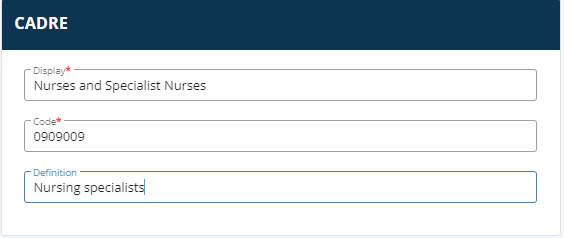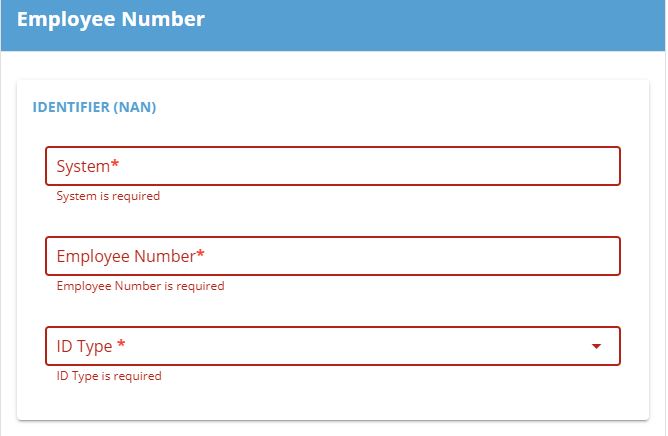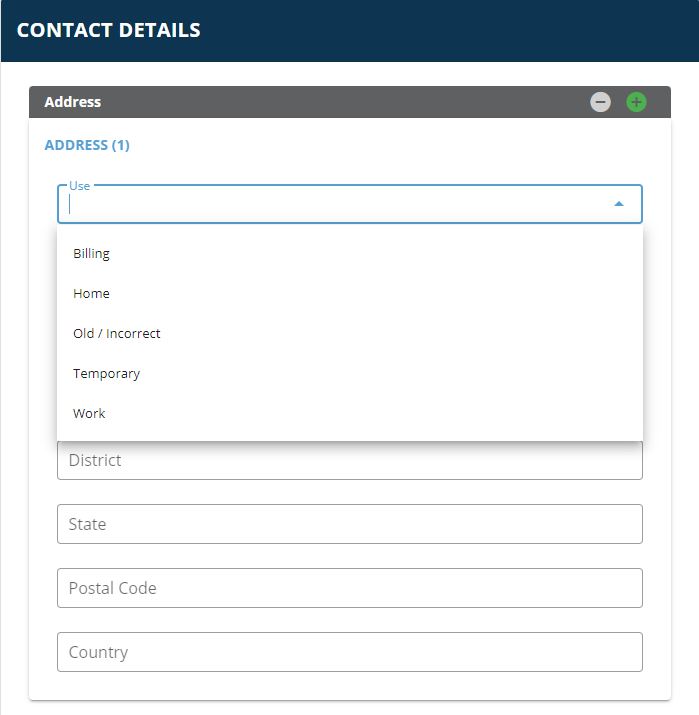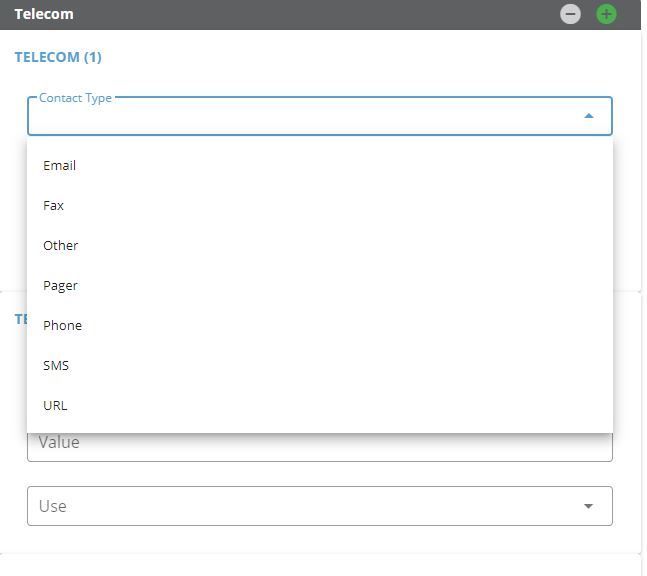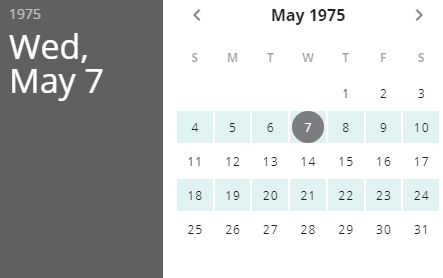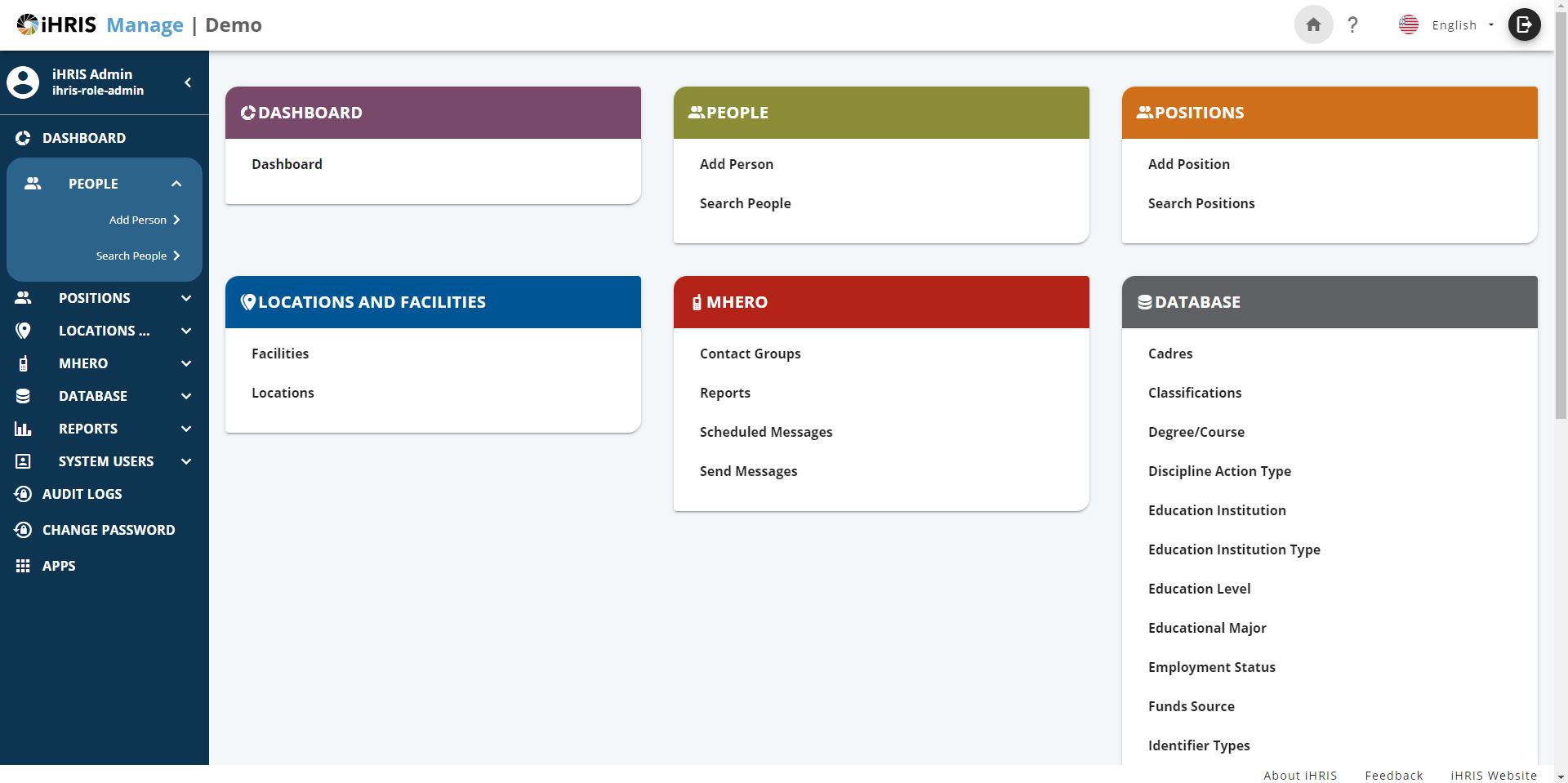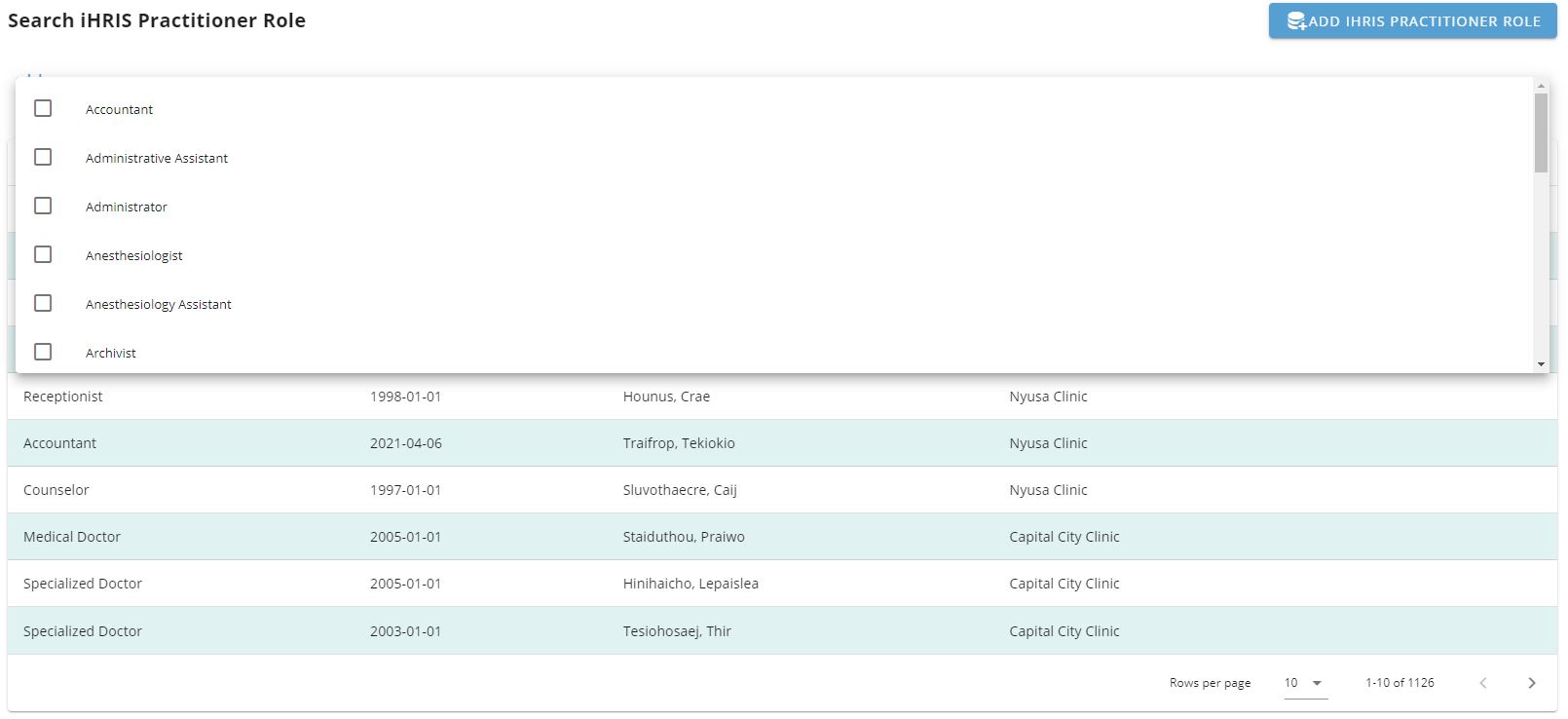User Interface Guide: Navigating and Interacting with iHRIS
In designing this user documentation, we've opted for a strategic approach that emphasizes the fundamental methods and principles applied consistently throughout the system. Rather than delving into minute details of every window, button, or image, we believe in equipping you with a broader understanding of how the system operates, which can be seamlessly applied across its various components.
Imagine this approach as a compass guiding you through a vast landscape. We're offering you the key directions—the North, South, East, and West—so you can navigate through this landscape confidently. Each part of the system adheres to these cardinal principles, ensuring a cohesive and user-friendly experience.
Just like a skilled artisan uses a set of core techniques to craft a masterpiece, the system employs a set of consistent methodologies. These methodologies define how information is presented, how interactions are facilitated, and how various elements work together. Understanding these foundational aspects empowers you to adapt and utilize the system's features effectively, regardless of the specific interface you encounter.
Think of it as learning the fundamental strokes in art. Once you grasp the basic brushstrokes and their purpose, you can create a multitude of artworks. Similarly, comprehending the fundamental approach in this system allows you to effortlessly navigate, interact, and achieve your objectives across the entire interface.
We've structured this documentation to unveil these foundational techniques and strategies, giving you the tools to master the system as a whole. So, rather than an exhaustive catalogue of every screen and button, think of this as your guidebook to the underlying principles that drive the system. Armed with this knowledge, you'll be ready to explore and engage with any part of the system, knowing that you have the essential compass to navigate your way through.
In the upcoming sections, we'll delve into these core strategies and shed light on how they shape your experience. Together, let's unravel the magic that makes this system a seamless and intuitive platform for achieving your goals. Let's embark on this journey of understanding and mastery.
Add a New Record
Description: Adding a new record involves creating a fresh entry within iHRIS for an entity such as an employee, training program, or facility. Procedure: Click on the "Add New" button/icon. This action will open a new blank record form. Fill in the required details for the new record in the designated fields within the form. Once you've provided all necessary information, click "Save" to create and save the record.
For example :
To add a cadre, click the blue button **Add Cadre **
Capture the name of the cadre to be displayed, assign a specific code and give a definition to the cadre, then save the details captured.
Edit an Existing Record
Description: Editing an existing record involves modifying the information associated with a record that already exists in the system. Procedure: Locate and select the record you wish to edit. Click on the "Edit" or "Edit Record" button/icon. Make the necessary modifications in the record form. After making the changes, click "Save" to update the record with the new information.
Delete Record
Description: Deleting a record permanently removes it from the system. Procedure: To delete a record, locate and select the record you want to remove. Click on the "Delete" or "Delete Record" button/icon. Confirm the deletion in the prompted confirmation dialog. The record will be permanently deleted.
View Record
Description: Viewing a record allows users to access and review the details of a specific record without making any changes. Procedure: Locate and select the record you wish to view. Simply click on the "View" or "View Record" option. The record details will be displayed for review.
Search Records
Description: Searching for records enables users to find specific records based on predefined criteria, keywords, or filters. Procedure: Access the search function within iHRIS. Enter relevant keywords, criteria, or select appropriate filters. Press "Search" to find matching records.
For example: To search for an existing degree: You can search by code or by display
Your results shall be displayed as above
Filter Records
Description: Filtering records allows users to sort and display records based on specific attributes relevant to the record type. Procedure: Access the filtering options within iHRIS. Choose the desired filter criteria (e.g., by department, by date). Apply the filter to display records meeting the selected criteria.
These functions collectively ensure efficient management of various records within iHRIS, aiding users in maintaining organized and accurate databases for effective operations and decision-making.
Required Fields
In iHRIS, before you can save a record, you need to ensure that essential information is provided in certain fields known as Required Fields. These fields are easily recognizable by their red outline, indicating that specific data must be entered for the record to be successfully saved. An example of a "Required Field" is the employee's first name or the employee number.
Adding and Removing Cards
When you need to add additional cards, whether they're for health worker profiles or certifications, just find and click the green "+" button. This action allows you to initiate the card creation process in iHRIS for multiple entries.
To remove an entire card, click on the grey "-" button , and the entire card will be dropped.
This is particularly useful when adding more contact information for an employee in iHRIS, which gives multiple options for Address and Telecom
Form Fields - Date
When filling out forms in iHRIS, understand the function of each field. For the date, across the system, a date picker is used, which allows you to select the date you want to pick.
To select, click on the field, then select the year, followed by the month and finally, the day.
For instance, the "Training Date" field records the date of a health worker's training. Accurately enter this date to maintain comprehensive records.
Validation Messages
If you miss required information or make an error, iHRIS will display a warning message to guide you on what needs correction or inform you that an action was successful. One such alert is 'Validation Successful'
Navigation Elements
Easily navigate within iHRIS by using the menus, tabs, links, and buttons. For instance, the "Dashboard" tab takes you to your personalized home screen.
You can easily navigate to specific menus by clicking on the menu on the left side of the screen
Help and Support Features
Access help resources and contact support as needed. In iHRIS, click the question mark icon to access a helpful user manual/guide/FAQ.
Contextual Menus
Use contextual menus effectively by double-clicking on items to reveal additional actions. For example, double-clicking on a health worker's name under the Search Records menu, provides options for editing or viewing their profile.
Wizards and Step-by-Step Processes
When adding a new health worker, follow the step-by-step process. For instance, start by entering the employee's personal details and move through each section as prompted.
Confirmation and Dialog Boxes
When prompted with a dialog box, make your selection or confirm actions. For example, if you choose to delete a record, you will receive a confirmation dialog to proceed.
Menu with a Dropdown
In the iHRIS application, a menu with a dropdown is a user interface element that allows for a hierarchical organization of options. When you click on a menu item, such as Gender it reveals options like "Male," "Female," or "Unknown" Dropdown menus in iHRIS make it convenient to access specific functions or subtasks related to the main category.
Some drop down menu items allow users to select one item at a time,
Some other drop down menus allow for the selection of multiple items. Thesye usually have a checkboxes, of which you can select several at a time.
